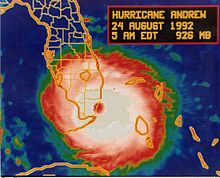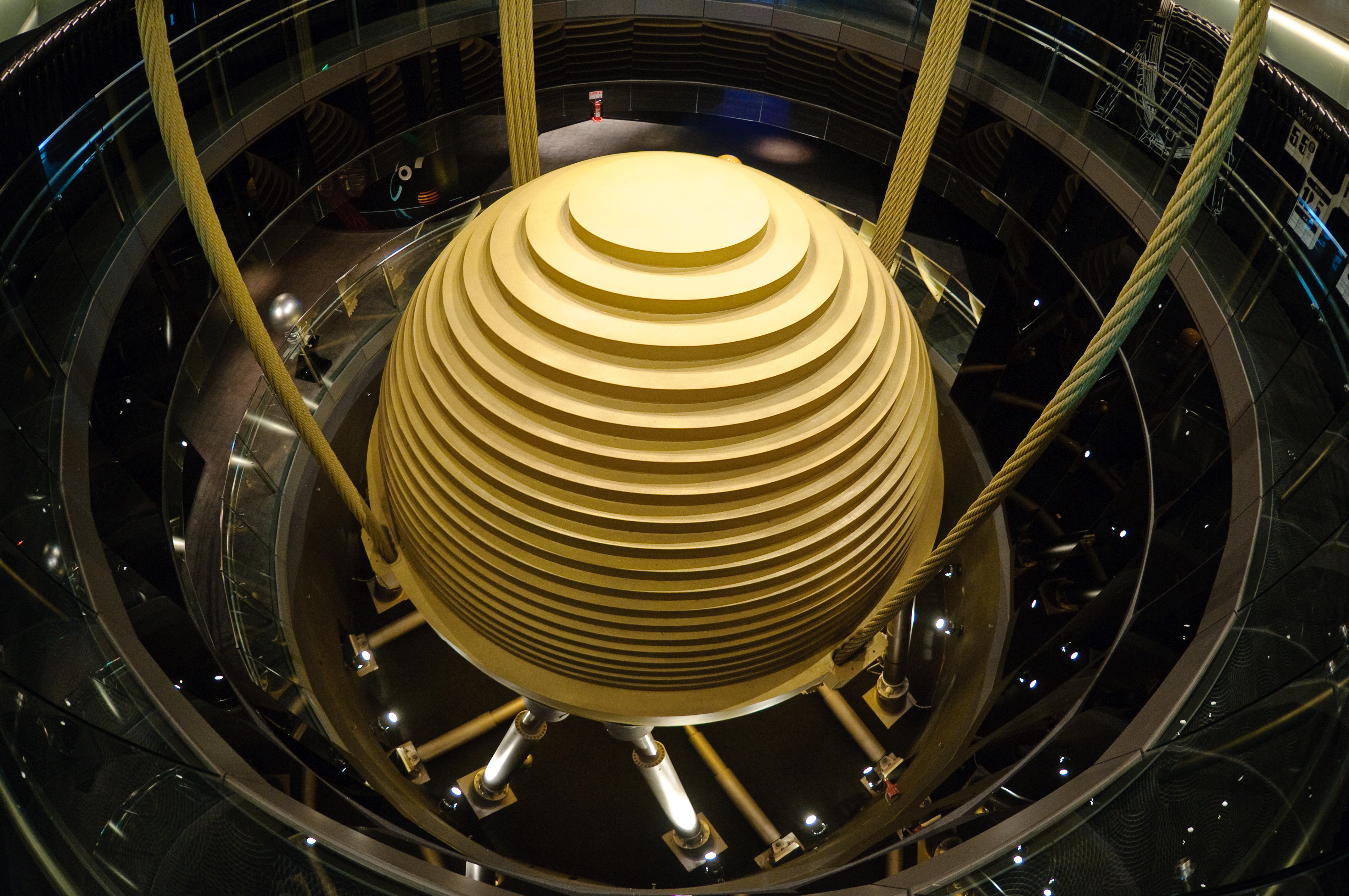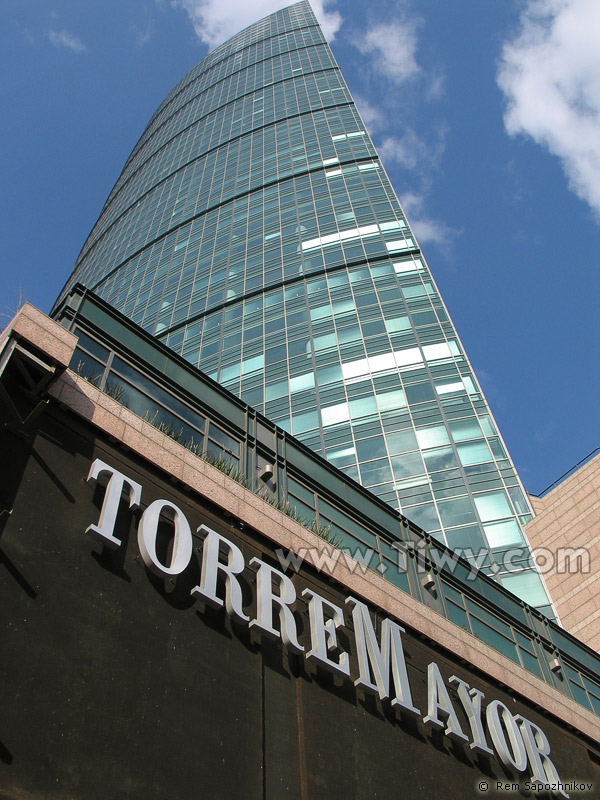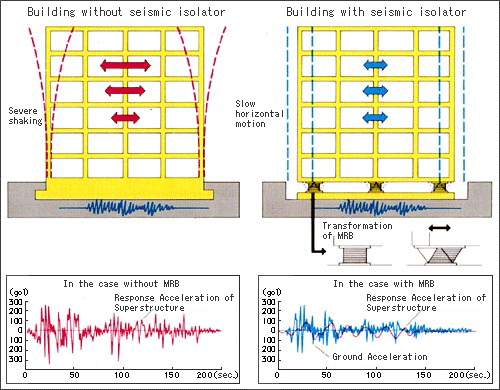These are taken from the Edexcel IGCSE Geography textbook, and also some of my own to complete it.
River Environments
Abstraction: the taking of water from rivers, lakes and from below the
watertable (aquifers)
Attrition: A process of erosion. The material is moved along the bed of a river, collides with other material, and breaks up into smaller pieces.
Aquifers: permeable rock that can transfer or store water below ground (ground water)
Base flow: the usual level of a river, the part of a river's discharge fed by groundwater
Catchment area=Drainage basin
Channel
network: the pattern of linked streams and rivers
within a drainage basin
Clean water: water that is fit for human consumption and is therefore relatively free from pollutants
Condensation: when water vapour is cooled and changes state to form water droplets
Confluence: where two rivers/streams meet
Corrasion: a process of erosion, sometimes known as abrasion. This is when fine material rubs against the river bank. The bank is worn away, by a sand-papering action called abrasion, and collapses.
Corrosion: a process of erosion. Some rocks forming the banks and bed of a river are dissolved by acids in the water
Cumecs: cubic metres per second, the unit for river discharge
Dam: a large structure, usually of concrete, sometimes earth, built
across a river to hold back a large body of water (reservoir) taken for human
use
Deposition: the dropping of material that was being carried by a moving force, such as running water
Discharge: the
quantity of water flowing in a river channel at a particular location and time
Drainage basin: It is a water system involving external inputs and outputs, where the amount of water in the system varies over time. It is the area where water from precipitation (rain/snow..) drains downhill into a common body of water such as a river or lake. [The area drained by a river and its tributaries.]
Erosion: the wearing away and removal of material by a moving force, such
as running water
Flood
plain: the flat land lying either side of a
river which periodically floods
Hydraulic action: a process of erosion. The sheer force of water hitting the banks of a river
Hydrograph: a graph showing the discharge of a river over a given period of
time
Hydrological
cycle: the global movement of water between the
air, land and sea
Impermeable: if a material is impermeable, it does not allow water to pass through it
Interlocking
spur: a series of ridges projecting out on alternate sides of a valley
and around which a river winds
Levee: a raised bank of material deposited by a river during periods of
flooding
Mass
movement: the movement of weathered material down a
slope due the force of gravity
Meander: a winding curve in a river's course
Oxbow: a horseshoe-shaped lake once part of a meandering river, but now
cut off from it
Pollution: the presence of chemicals, dirt or other substances which have
harmful or poisonous effects on aspects of the environment such as rivers and
the air
Reservoir: an area where water is collected and stored for human use
River regime: the seasonal variations
in the discharge of a river
Saltation: a process of transportation. smaller stones are bounced along the bed of a river in a leap-frogging motion
Solution: a process of transportation. Dissolved material is transported by the river.
Suspension: a process of transportation. Fine material, light enough in weight to be carried by the river. It is this material that discolours the water.
Stores: features, such as lakes,
rivers and aquifers, that receive, hold and release water
Stormflow: the increase in stream
velocity caused by a period of intense rainfall
Stream velocity: the speed at
which water is flowing in a river at a given location and time
Traction: a process of transportation. Large rocks and boulders are rolled along the bed of the river
Transfers: the movement of water
between stores in the hydrological cycle
Transport: the movement of a river’s
load
Waterfall: where a river’s water
falls vertically, as where a band of hard rock runs across the river channel
Watershed: the boundary between
neighbouring drainage basins
Weathering: the breakdown and decay of rock by natural processes, without the involvement
of any moving force
Hazardous Environments
Adjustment: changes designed to react to and cope with a situation, such as the
threat posed by a hazard
Earthquake: a violent shaking of the Earth’s crust
Emergency aid: help in the form of food, medical care and
temporary housing provided
immediately after a natural disaster
Epicentre: the point on the Earth’s surface that is directly above the focus of
an earthquake
Hazard: an event which threatens the wellbeing of people and their property
Infrastructure: the transport networks and the water, sewage
and communication systems that are vital to people and their settlements and
businesses
Lahar: a flow of wet material down the side of a volcano’s ash cone which can
become a serious hazard
Natural disaster: a natural event or hazard causing damage and
destruction to property, as well as personal injuries and death
Natural event: something happening in the physical
environment, such as a storm, volcanic eruption or earthquake
Plate movement: mainly the coming together and the moving apart
of tectonic plates
Prediction: forecasting future events or changes
Pyroclastic flow: a devastating eruption of extremely hot gas,
ash and rocks during a period of explosive volcanic activity; the downslope
flow to this mixture is capable of reaching speeds up to 200kph.
Risk assessment: judging the degree of damage and destruction
that an area might experience as a result of a natural event
Storm surge: a rapid rise in sea level in which water is piled up against the
coastline to a level far exceeding the normal. It tend to happen when there is
very low atmospheric pressure and where seawater is pushed into a narrow
channel
Subduction: the pushing down of one tectonic plate under another at a collision
plate margin. Pressure and heat convert the plate into magma
Tropical revolving storm: a weather system of very low-pressure formed
over tropical seas and involving strong winds and heavy rainfall (also known as
cyclone, hurricane or typhoon)
Tsunami: a tidal wave caused by the shock waves originating from a submarine
earthquake or volcanic eruption
Volcanic activity: the eruption of molten rock, ash or gases
from a volcano
Economic activity and energy
Economic sector: a major division of the economy based on the type of economic activity.
The economies of all countries are made up of three sectors; most HICs have a
fourth sector.
Energy: heat and motive power. The former provided by the sun and by burning coal,
oil and timber, the latter provided by electricity, gas, steam and nuclear
power
Energy consumption: the amount of energy used by individuals, groups of countries
Energy efficiency: making the most of energy sources in order to cut down on waste and
reduce consumption
Energy gap: a gap created because the loss of energy caused by phasing out the use
of fossil fuels is greater than the amount of energy that is being developed
from new, low-carbon sources
Fossil fuel: carbon fuels such as coal, oil and natural gas that cannot be ‘remade/renewed’,
because it will take tens of millions of years for them to form again
Global shift: the movement of manufacturing from HICs to cheaper production locations
in LICs
High-tech industry: economic activities that rely on advanced scientific research and
produce new, innovative and technologically advanced products, such as
microchips, new medical drugs and new materials
Informal employment: types of work that are not officially recognized and are taken up by
people working for themselves on the streets of LIC cities. e.g. shoe shining,
selling stuff on the street
Non-renewable energy: energy produced from resources that cannot be replaced once they are
used. Examples include the fossil fuels of coal, oil and natural gas
Primary sector: economic activities concerned with the working of natural
resources-agriculture, fishing, mining and quarrying
Quaternary sector: economic activities that provide highly skilled services such as
collecting and processing information, research and development
Secondary sector: economic activities concerned with making things, such as cars,
buildings and electricity
Renewable energy: sources of energy which cannot be exhausted, such as the sun, wind and
running water
Tertiary sector: activities that provide a wide range of services and enable goods to be
traded
Transnational company (TNC): a large company operating in a number of countries and often involved in
a variety of economic activities
Urban environments
Accessibility: the ease with which one location can be reached from another; the degree
to which people are able to obtain goods and services, such as housing and
healthcare
Brownfield site: land that has been previously used, abandoned and now awaits a new use
Congestion: acute overcrowding caused by high densities of traffic, business and people
Counterurbanisation: the movement of people and employment from major cities to smaller
cities and towns as well as to rural areas
Environmental quality: the degree to which an area is free from air, water, noise and visual
pollution
Ethnic group: a group of people united by a common characteristic such as race,
language or religion
Greenfield site: land that has not been used for urban development
Land value: the market price of a piece of land; what people or businesses are
prepared to pay for owning and occupying it
Megacity: a city or urban area with a population larger than 10 million
Poverty: where people are seriously lacking in terms of income, food, housing,
basic services (clean water and sewage disposal) and access to education and
healthcare. See also Social Deprivation.
Shanty town: an area of slum housing built of salvaged materials and located either
on the city edge or within the city on hazardous ground previously avoided by
urban development; I like to think of it as: a slum settlement (sometimes
illegal or unauthorized) of impoverished people who live in improvised
dwellings made from scrap materials: packing boxes, corrugated iron and plastic
sheeting, often on undesirable locations such as steep slopes or on the city
edge.
Social deprivation: when the well-being and quality of life of people falls below a minimum
level
Social segregation: the clustering together of people with similar characteristics (class,
ethnicity, wealth) into separate residential areas
Socio-economic group: a group of people sharing the same characteristics such as income level,
type of employment and class
Squatter community: see Shanty town
Suburbanisation: the outward spread of the urban area, often at lower densities compared
with the older parts of the city or town
Urban regeneration: the investment of capital in the reviving of old, urban areas by either
improving what is there or clearing it away and rebuilding
Urban re-imaging: changing the image of an urban area and the way people view it
Urban managers: people who make important decisions affecting urban areas, such as
planners, politicians and developers
Urbanisation: growth in the percentage of people living and working in urban areas
Fragile environments
Agro-forestry: the growing of trees for the benefit of agriculture: as wind breaks or
as protection against soil erosion
Alternative energy: renewable sources of energy, such as solar and wind power, that offer an
alternative to the use of fossil fuels
Chlorofluorocarbons (CFCs): chemicals once used in foams, refrigerators, aerosols and
air-conditioning units. Their use is now banned because they were thought to be
responsible for the destruction of the world’s ozone layer and for part of the
greenhouse effect
Climate change: long-term changes in the global atmospheric conditions
Deforestation: the deliberate clearing of forested land, often causing serious
environmental problems such as soil erosion
Desertification: the spread of desert conditions into what where semi-arid areas
Famine: a chronic shortage of food resulting in many people dying from starvation
Fossil fuel: carbon fuels such as coal, oil and natural gas that cannot be ‘remade’
because it will take tens of millions of years for them to form again (i.e they
are finite)
Fragile: a term used to describe those natural environments that are sensitive
to, and easily abused by human activities
Global warming: a process whereby global temperatures rise over time
Malnutrition: a condition resulting when a person is unable to eat what is needed to
maintain good health
Overgrazing: when pasture or grazing is unable to support the number of animals
relying on it for food. The result is the vegetation cover declines and soil
erosion sets in.
Population pressure: when the number of people in an area begins to approach carrying
capacity and places a strain on available resources
Refugee: a person whose reasons for migrating are due to fear of persecution or
death
Soil erosion: the washing or blowing away of topsoil so that the fertility of the
remaining soil is greatly reduced
Sustainable: a term used to describe actions that minimize negative impacts on the
environment and promote human well-being
Well-being: a condition experienced by people and greatly influenced by the standard
of living and quality of life









